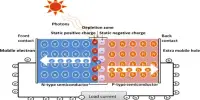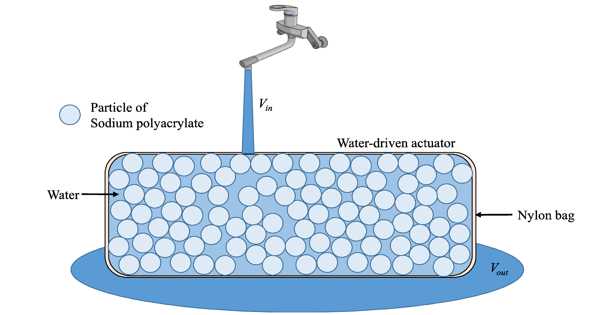In contemporary condensed matter physics and beyond, topology is crucial. It explains how solid materials can combine two extremely dissimilar and seemingly incompatible features, such as topological insulators, which have an electrically conductive bulk but an insulating surface and edges.
The idea of topology has fundamentally altered how scientists think about electrical structure and material properties during the last few decades. Additionally, it has opened the door for technical developments that use topological materials in electronics.
Topology is difficult to assess and frequently necessitates the fusion of several experimental methods, including photoemission and transport measurements.
Recently, a technique known as high harmonic spectroscopy has become important for observing a material’s topology. In this approach, a material is irradiated by intense laser light.
A broad optical spectrum that incorporates hints about the solid’s topological phase is produced as a result of interactions between the material’s electrons and the laser. These hints can be derived to measure the material topology with the use of theoretical computations.
However, following the first ab initio analysis of high harmonic production from topological insulators, an MPSD theory team writes in Physical Review X that it has not discovered any proof of any universal topological signatures.
Focusing on a quantum spin Hall insulator in a monolayer of Bismuth atoms, and a quantum anomalous Hall insulator in a single monolayer of Na3Bi, the researchers questioned the underlying assumptions of topological high harmonic spectroscopy: That topological information is imprinted on the emitted spectra and can be subsequently extracted.
We hope that our study will not only provide a ‘cautionary tale’ to warn others of potentially misleading topological fingerprints, but more importantly, that it will motivate the community to come up with more complex and robust ideas for how to measure topology through nonlinear optics.
Ofer Neufeld
“We specifically set out to avoid common approximations and simplified models,” explains lead author Ofer Neufeld. “In this vast and thorough analysis, we could not identify any universal topological signatures, hinting that it is unlikely such signatures exist. Even if at first glance some features seemed to strongly correlate with a topological property, whenever we dug into their origin it was never topological.”
Instead, the system’s non-topological characteristics dominated its reaction, indicating that topology may be less important than previously believed.
“For instance, a solid can react differently to laser light that is left or right elliptically polarized,” Nicolas Tancogne-Dejean, the paper’s second author, explains. “Initially it might seem that that typical response originates in the topology. However, on closer examination, this effect turns out to stem from the crystal structure, rather than the topological structure.”
The research team’s findings pose significant queries about topology’s possible applicability in highly nonlinear optics. Positively, the MPSD theoreticians emphasize that they do not completely exclude the possibility of topological signatures in high harmonic generation.
They counter that other non-topological characteristics of the material, such as the band structure, lattice symmetry, and the chemical makeup of the involved orbitals, typically predominate the resulting spectra.
“We hope that our study will not only provide a ‘cautionary tale’ to warn others of potentially misleading topological fingerprints, but more importantly, that it will motivate the community to come up with more complex and robust ideas for how to measure topology through nonlinear optics,” Neufeld concludes.
















